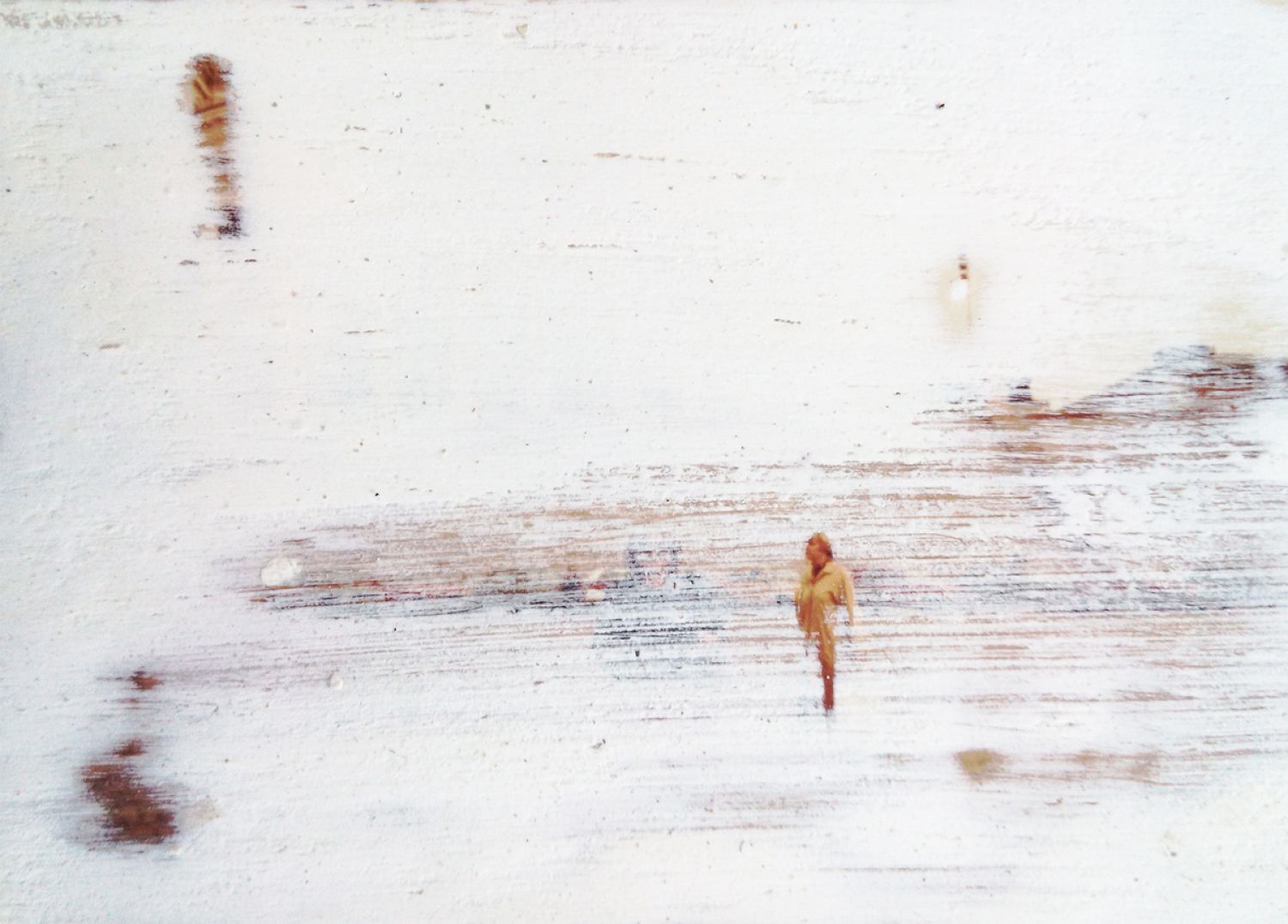Antigenealogical image: without beginning nor ending
AnaMary Bilbao
The instant of a passage can be an act of resistance, announcing itself as disruption, producing new directions. In the transitory moment subsists the will to frustrate the narrative of the prevailing force, to counteract the homogeneity of the «empty time» (Benjamin, 2007: 261)[1]. Thus, image’s dialectic power is recovered in the momentariness of the intrinsic instant, acclaiming its ability to resignifying. In this way, it may be possible to restore the sense of the past through the strength of difference. What matters is to escape the totalizing idea and establish new connections through the discontinuity promoted by what passes. Like this, we can interrupt the supposed continuum of History. The image must be available to be reread, open to the reflexive action, and because it exists in a movement of coming and going, that remembers and forgets as a «short memory», it no longer begins or concludes. Therefore, I can assume that the principle of the rhizome enunciated by Gilles Deleuze (1925-1995) and Pierre-Félix Guattari (1930-1992) it is not far from being able to be extended to the image. But what image? The passing-image, the heterogeneous image which connects and never ends, that one that does not submit to laws, the antigenealogical image that no more enacts the «verb ‘to be’», but that defends the conjunction «and... and... and... ». (Deleuze e Guattari, 2007: 30, 37 e 48)[2]
–
Image title: Without beginning nor ending, 2016 | © AnaMary Bilbao
Footnotes
- ^ BENJAMIN, Walter (2007), «Theses on the Philosophy of History» (translated by Harry Zohn), ARENDT, Hannah, ed., Illuminations. Essays and Reflections. New York: Schocken Books.
- ^ DELEUZE, Gilles; GUATTARI, Félix (2007), Mil Planaltos. Capitalismo e esquizofrenia 2 (translated by Rafael Godinho). Lisbon: Assírio & Alvim.


